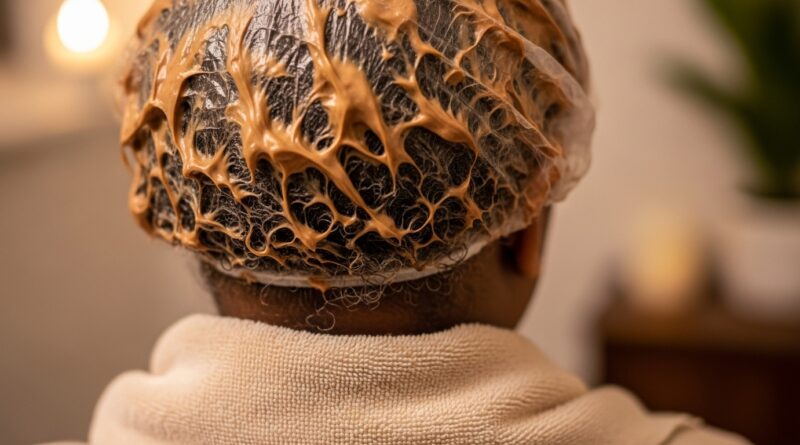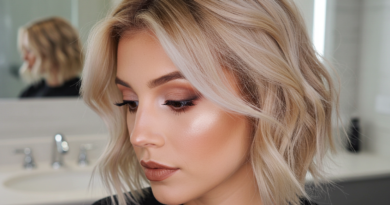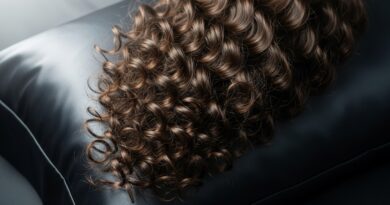How to Make textured hair Hair Look Expensive on a Budget
Let’s be real. Scrolling through social media, it’s easy to feel like achieving that glossy, perfectly defined, and healthy-looking textured hair requires a secret bank account and a personal stylist on speed dial. The promise of “expensive-looking” hair often comes with a terrifyingly expensive price tag for treatments, salon visits, and high-end products. But what if we told you that the secret to luxurious curls, coils, and waves isn’t about how much you spend, but how you spend your time and resources?
Having textured hair—be it curly, coily, or wavy—is a beautiful crown, but it often demands specific care. The good news is that an expensive look is rooted in health, technique, and consistency, not just costly bottles. It’s about working smarter, not just harder (or richer). This guide is your blueprint to bypass the luxury markup and achieve head-turning, healthy, and undeniably expensive-looking textured hair, all while being kind to your wallet. Let’s dive in and unlock the secrets.
Master the Foundation: A Scalp-Centric Cleanse
Every magnificent building needs a solid foundation, and for your hair, that’s your scalp. Expensive hair looks healthy from the root up, and that starts with how you cleanse. You don’t need a $40 shampoo to get this right. The goal is to find a gentle, sulfate-free cleanser that effectively removes product buildup and environmental dirt without stripping your scalp and hair of their essential natural oils.
Look for budget-friendly brands available at your local drugstore or supermarket that prioritize simple, moisturizing ingredients. A clean scalp promotes healthy hair growth and ensures that your subsequent products can penetrate and perform effectively. When washing, focus your efforts on massaging the shampoo into your scalp with the pads of your fingers. This stimulates blood circulation, which brings oxygen and nutrients to the hair follicles, encouraging growth and overall scalp health. The ends of your hair just need a gentle pass-through with the suds; they don’t need the rigorous scrubbing.
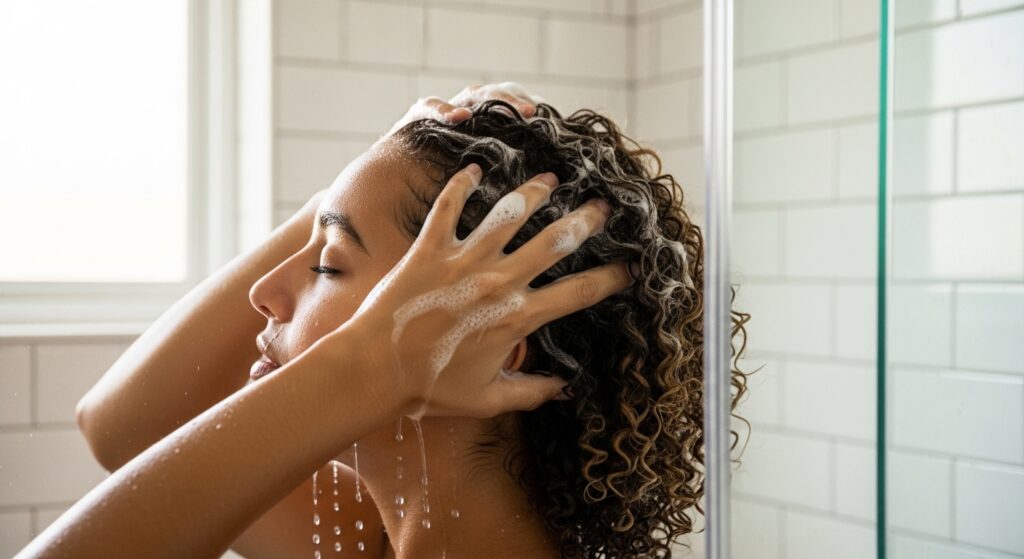
The Non-Negotiable Power of Deep Conditioning
This is arguably the single most important step for achieving that plump, hydrated, and shiny look that screams “salon fresh.” Deep conditioning is like a tall drink of water for your parched strands. Expensive hair is well-moisturized hair, and regular conditioning is the key. Fortunately, you don’t need a professional treatment to get these results.
The market is flooded with incredible, affordable deep conditioners and hair masks specifically formulated for textured hair. Look for ingredients like shea butter, coconut oil, aloe vera, and honey. For a boost, apply your deep conditioner to damp, cleansed hair, cover it with a plastic cap, and apply gentle heat. You can use a steamer if you have one, or simply sit in the bathroom with a hot shower running to create a DIY steam treatment. The heat helps to open the hair cuticle, allowing the conditioning ingredients to penetrate deeply into the hair shaft. Doing this weekly, or even bi-weekly, will transform the feel and appearance of your hair, making it softer, stronger, and more resilient against breakage.

Strategic Styling: Less is More
One of the biggest giveaways of a budget routine is product overload. Piling on gel, cream, mousse, and oil in an attempt to achieve definition often leads to a stiff, flaky, or greasy mess—the opposite of expensive. Luxurious hair has movement and a soft touch. The secret is the Liquid-Cream-Oil (LCO) or Liquid-Oil-Cream (LOC) method, and using each product with intention.
Start with a Liquid: This is your leave-in conditioner. Apply it to soaking wet hair in the shower to drench your strands with hydration and act as a primer.
Next, an Oil or Cream: Depending on your hair’s density and porosity, follow with a cream for definition and moisture, or a light oil to seal in the liquid. Don’t use both if your hair is fine.
Finish with a Styler (if needed): A hard-hold gel or mousse can be used to define curls and combat frizz, but apply it with a praying hands technique, then scrunch. The goal is a cast that you can later “scrunch out” to reveal soft, defined curls, not a helmet.
Using products strategically not only gives a better result but also makes them last longer, saving you money.
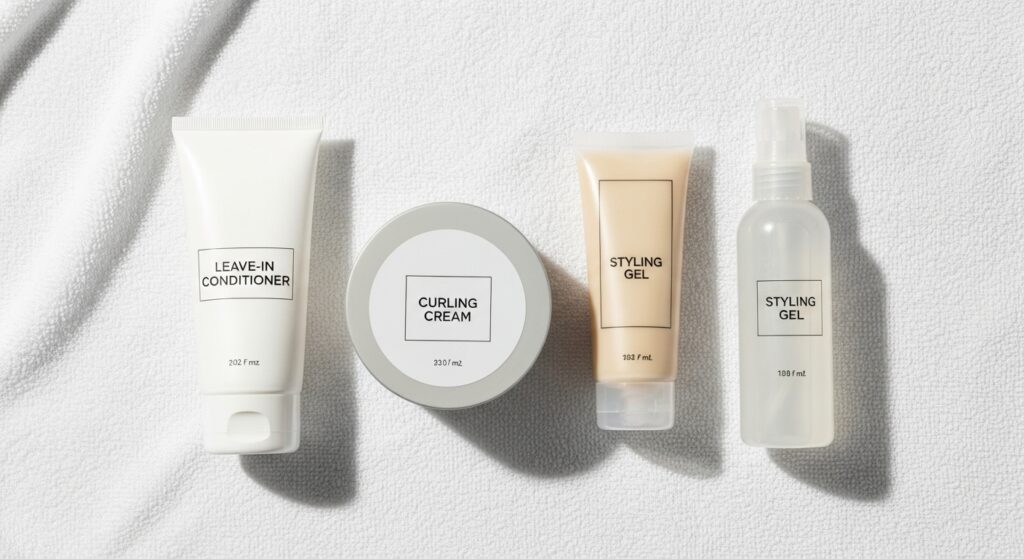
Protective Styling: Your Secret Weapon for Growth and Health
Expensive hair is long, healthy, and has minimal breakage. The easiest way to achieve this on a budget? Protective styling. Styles like braids, twists, buns, and updos are not just fashionable; they are functional. They tuck away your fragile ends, protecting them from the elements, friction from your clothes, and your own hands (reducing manipulation).
You don’t need to spend hundreds at a braiding salon. Mastering a few simple styles yourself is a powerful and cost-effective tool. A sleek high puff, a chic twist-out, or a simple braided crown can look incredibly polished while giving your hair a much-needed break. The key is to ensure these styles are not too tight, as that can cause traction alopecia. While in protective styles, continue to care for your scalp with a light mist of water and oil to keep it moisturized.

Nighttime Routine: Preserve to Maintain
You wouldn’t sleep in your makeup and expect perfect skin in the morning, right? The same logic applies to your hair. All the effort you put in during your wash day can be undone by a single night of rough sleep. Friction against your cotton pillowcase sucks moisture from your hair and causes tangles and frizz.
The solution is simple and cheap: protect your hair at night. Swap your cotton pillowcase for a satin or silk one. These materials create less friction, helping your styles last longer and reducing breakage. Even better, protect your hair directly with a satin or silk bonnet or scarf. Tying your hair up in a loose, high ponytail (a “pineapple”) before putting on your bonnet can also help preserve volume and curl definition at the crown for those with longer hair. This one small, inexpensive habit is a total game-changer.

Embrace the DIY: Kitchen Concoctions for Hair Health
Before there was a multi-billion dollar hair industry, there was the kitchen pantry. Some of the most effective treatments for hair can be made with simple, edible ingredients. While they are not a replacement for a balanced regimen, they are fantastic, cost-effective supplements.
Apple Cider Vinegar (ACV) Rinse: Mix one part ACV with four parts water and use it as a final rinse after conditioning. This helps to remove stubborn buildup, close the hair cuticle (for instant shine), and balance the scalp’s pH.
Avocado & Honey Mask: Mash one ripe avocado with a tablespoon of honey and a tablespoon of a carrier oil like olive or coconut oil. This creates a protein-moisture balancing mask that is incredibly nourishing.
Aloe Vera Gel: Pure aloe vera gel straight from the plant is a fantastic, lightweight styler or curl definer that adds moisture without heaviness.
Always patch test any DIY treatment first to ensure you don’t have a sensitivity.
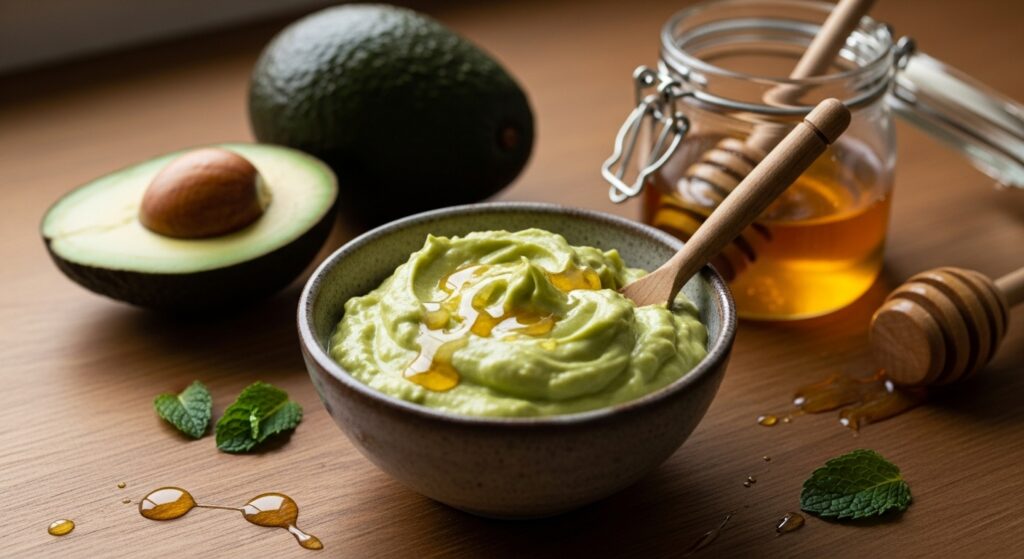
Smart Shopping & Product Wisdom
Being budget-savvy doesn’t mean you have to sacrifice quality. It means being a smarter shopper.
Read the Ingredients, Not Just the Brand Name: Learn to identify key moisturizing ingredients (like glycerin, panthenol) and avoid harsh sulfates and drying alcohols. Often, a $8 product has a very similar ingredient list to a $30 one.
Buy in Bulk (When it Makes Sense): For staple products you use consistently, like a trusted conditioner, buying a larger size often offers a better price per ounce.
Sample Before You Commit: Many brands offer travel-sized versions of their products. This is a low-risk way to test if a product works for your hair before investing in the full size.
Multi-Use Products: A good leave-in conditioner can often double as a moisturizing styler on lazy days. A rich hair butter can be used to define edges and moisturize dry ends. Get creative!

The Final Touch: Confidence and Mindset
At the end of the day, the most expensive-looking accessory you can wear is confidence. Expensive hair is well-cared-for hair, but it’s also hair that is worn with pride. Embrace your unique texture, your shrinkage, your volume, and your frizz. Frizz is just a stray hair seeking moisture and freedom—it’s natural!
Your hair journey is personal. What works for one head of textured hair may not work for another. The real luxury is taking the time to understand your hair, listen to what it needs, and develop a routine that makes you feel beautiful. When you carry yourself with the assurance that comes from nurturing your crown, that’s when it truly looks priceless.
